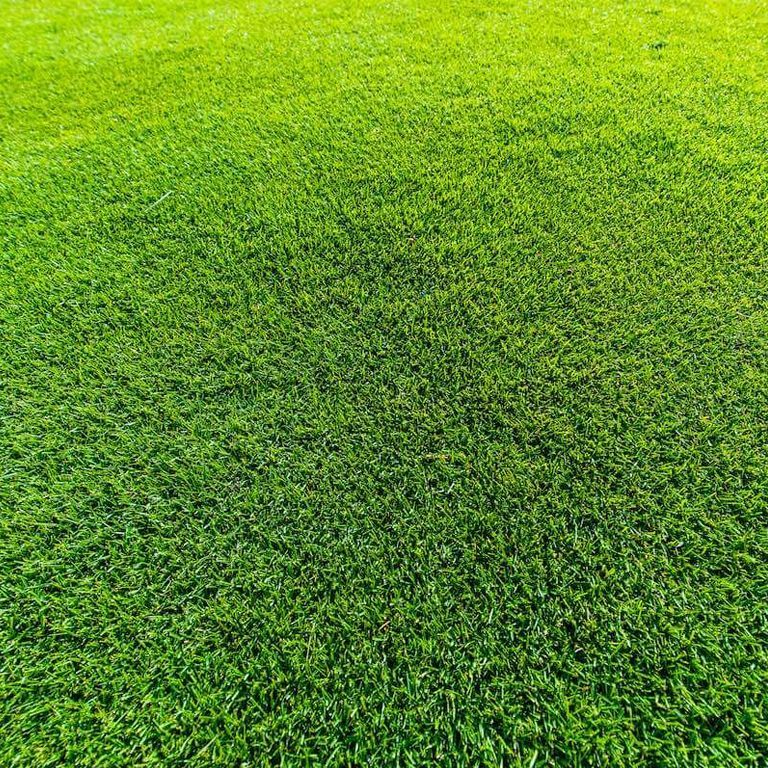We Offer Turf Laying in North Queensland
Turf Variances
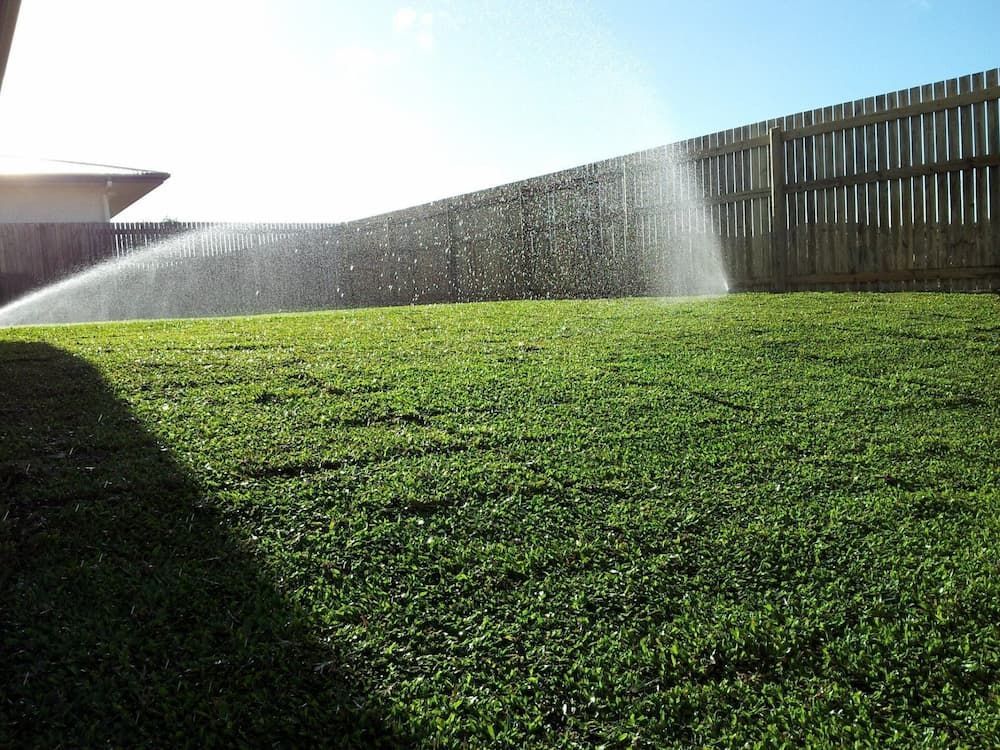
Slide title
Write your caption hereButton
Choosing the Right Lawn
When choosing your new lawn, consider these factors/questions:
- Do you have pets?
- How much foot traffic will the lawn receive?
- Will the lawn be under shade, or in the sun?
- What soil type do you have? Is it clay-based or salty?
- Disease/pest tolerance
- What are the surrounding plants/gardens/fences?
- What look are you after (colour, texture, etc.)?
- Weed invasiveness
- Do you want a low-maintenance lawn?
Still not sure? That’s okay—contact our team today and we will help you figure out the best option for your yard.
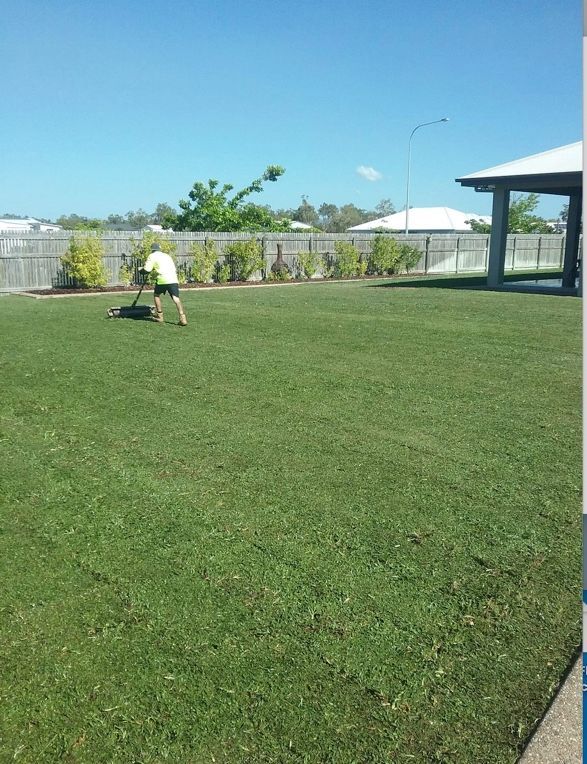
Slide title
Write your caption hereButton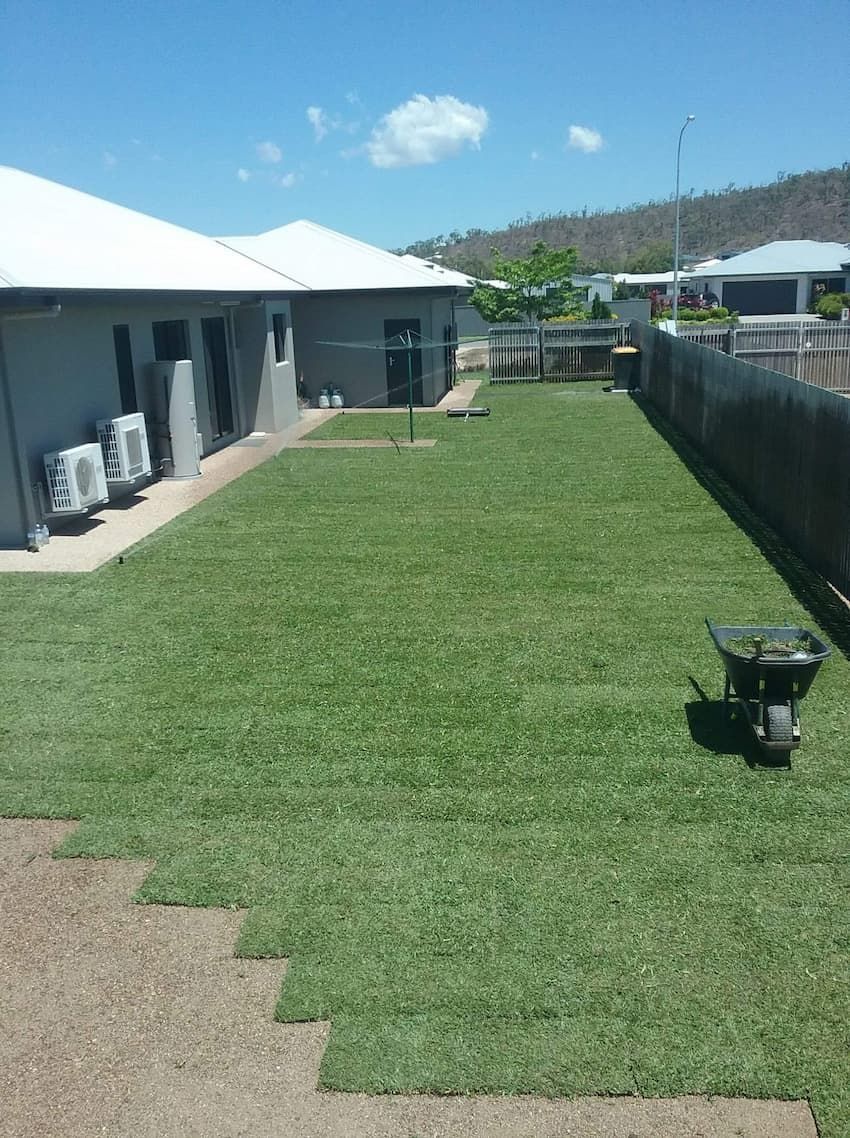
Slide title
Write your caption hereButton
We Supply & Lay Turf
When you purchase turf from Top Notch Turf in Townsville, we’ll take care of the landscaping to prepare your site for turf laying.
In addition to growing turf, we are also landscape suppliers, so we’ll bring the right amount of topsoil to ensure your lawn establishes quickly.
No matter whether you choose the new hybrid couch
Tahoma 31®
the reliable
Wintergreen Couch,
North Queensland Buffalo, or
Sir Walter Buffalo, we have the experience you can rely on. Your satisfaction is our number one priority!
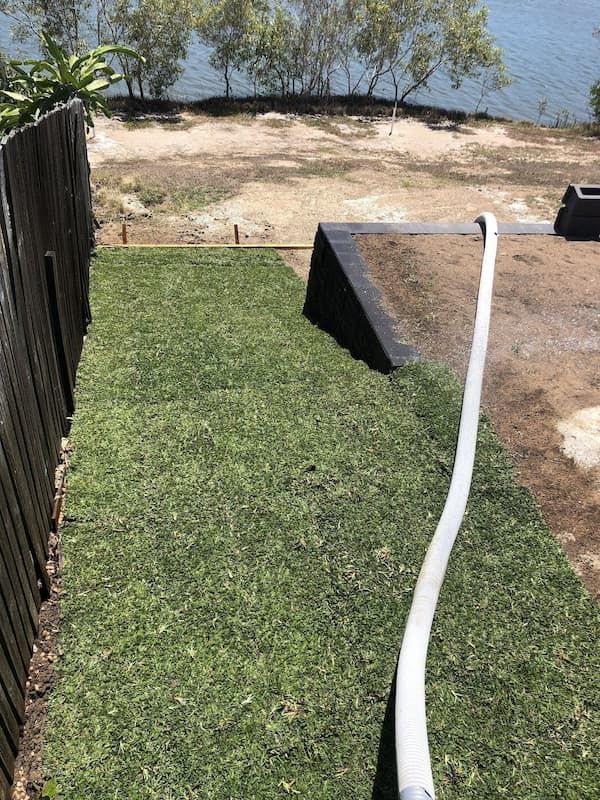
Slide title
Write your caption hereButton
Preparing the Yard for Turf
Proper site preparation is key to successful turf laying and that’s why we take the time to get it right.
We start by measuring the area to be covered and determining what type of turf will thrive. Next comes the hard work.
Our landscapers will get rid of any debris, weeds and existing vegetation and dig the soil to a depth of 15cm to ensure adequate drainage. It’s at this point that we decide whether the existing ground requires improvement to soil texture to allow the lawn to settle in.
Turf needs about 10cm of topsoil to successfully establish the grass. We lay this then dig in fertiliser before levelling the yard.
It’s only then that the turf is laid and then watered in.
Frequently Asked Questions
-
How Frequently Should I Water My Lawn?
- Watering requirements for your lawn (once established) will depend on soil type and weather conditions.
- TNT recommends you work on at least one good soaking per week in areas of full sun, but water less in shady areas.
- A newly laid lawn can take 6 – 12 months to be fully established and in that time, you need to watch for yellow patches which will usually indicate a lack of moisture.
- Where possible adjust your watering patterns according to the seasons.
- Winter - reduce the chance of stunting the growth of your grass by watering in the morning (daylight hours).
- Summer – Decrease evaporation by watering in the early evening.
- Don’t forget to consider any applicable local council water restrictions.
-
How Frequently Should I Mow My Lawn?
- Mowing should commence after rooting takes place (allow 2 weeks to be on the safe side) but only a light trim should be necessary for the first couple of mows (Mow high)
- Mowing height once your lawn is established should be about 30mm – 50mm in areas of full sun and upwards of 60mm – 70mm for the shady areas.
- Regular mowing helps control weeds and encourages the lawn to thicken up.
- Your mower needs to be in good condition as blunt mower blades can easily damage a lawn & also stunts its growth.
- Raise your mowing height as the shade level increases. The more shade the longer the leaf should be. (I’m sure we can all remember “photosynthesis”)
- Adjust your mowing heights also with the seasons.
- Winter – Decrease in sunlight hours + decrease in temperature = big decrease in your lawn's ability to photosynthesise its food.
- Action required: Increase your mowing height to increase leaf size and aid photosynthesis.
- Summer – Increase in sunlight hours + increase in temperature = perfect growing conditions for turf.
- Action required: Decrease mowing height, and increase mowing frequency in order to minimise "thatch" build-up.
-
What Is Thatch?
- Thatch is the tightly intermingled layer of living and dead stems, leaves and roots which accumulates between the layer of actively growing grass and the soil underneath.
- Thatch is a normal component of actively growing turf however it can restrict the movement of air, water, fertiliser and other materials to the roots.
- Heavy thatch layers will weaken your turf and leave it vulnerable to pests, disease and poor weather conditions.
- Long-term thatch control can be obtained by mowing your lawn a fair bit lower than normal at least once per year.
- Be careful not to remove too much material with any single mow as this will damage the grass.
- Take the lawn thatch down gently by decreasing mowing height over 2 – 3 mows, one week apart.
- Once thatch has been successfully removed bring the lawn height back to normal.
-
How Frequently Should I Fertilise My Lawn?
- TNT recommends fertilising 4-6 weeks after laying then every 8-12 weeks for the remainder of the year.
- Applying a good quality slow-release fertiliser in May and then again in July will do wonders in keeping your lawn nice and green during the cooler months.
-
How Do I Identify Lawn Grubs?
- Be aware of lawn grubs, especially in the summer months and early autumn as a lawn can be severely damaged in a short period of time.
- Look for freshly eaten leaves. Or if you suspect grubs may be a problem, try flooding the lawn with soapy water and watching for grubs to surface. You may have to spray the lawn as a control measure.
- Lawn grub poison is available at hardware and garden centres.
Top Notch Turf
- Clermont, Queensland, Australia Clermont, Queensland, Australia
- Winton, Queensland, Australia Winton, Queensland, Australia
- Mackay, Queensland, Australia Mackay, Queensland, Australia
- Richmond, Queensland, Australia Richmond, Queensland, Australia
- Cloncurry, Queensland, Australia Cloncurry, Queensland, Australia
- Mount Isa, Queensland, Australia Mount Isa, Queensland, Australia
- Charters Towers, Queensland, Australia Charters Towers, Queensland, Australia
- Ayr, Queensland, Australia Ayr, Queensland, Australia
- Ingham, Queensland, Australia Ingham, Queensland, Australia
- Cairns, Queensland, Australia Cairns, Queensland, Australia
Locations We Service
Top Notch Turf – Delivering Quality Turf Solutions QLD wide!

